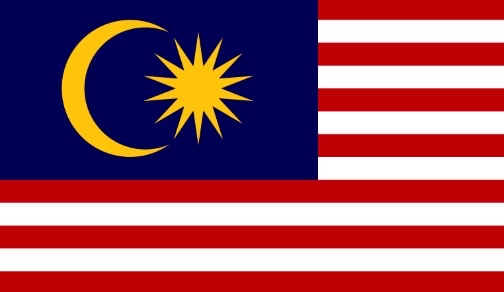Spatial and temporal characteristics of cancer in the period from 2004 to 2013 in the Hashemite Kingdom of Jordan

Published: 9 November 2018
Abstract Views: 1542
PDF: 696
HTML: 34
HTML: 34
Publisher's note
All claims expressed in this article are solely those of the authors and do not necessarily represent those of their affiliated organizations, or those of the publisher, the editors and the reviewers. Any product that may be evaluated in this article or claim that may be made by its manufacturer is not guaranteed or endorsed by the publisher.
All claims expressed in this article are solely those of the authors and do not necessarily represent those of their affiliated organizations, or those of the publisher, the editors and the reviewers. Any product that may be evaluated in this article or claim that may be made by its manufacturer is not guaranteed or endorsed by the publisher.
Similar Articles
- Adel Al-Huraibi, Sherif Amer, Justine Blanford, Prioritizing the location of vaccination centres during the COVID-19 pandemic by bike in the Netherlands , Geospatial Health: Vol. 20 No. 1 (2025)
- Sarah Isnan, Ahmad Fikri bin Abdullah, Abdul Rashid Shariff, Iskandar Ishak, Sharifah Norkhadijah Syed Ismail, Maheshwara Rao Appanan, Moran’s I and Geary’s C: investigation of the effects of spatial weight matrices for assessing the distribution of infectious diseases , Geospatial Health: Vol. 20 No. 1 (2025)
- Romano Ngui, Aziz Shafie, Kek H. Chua, Mohd S. Mistam, Hesham M. Al-Mekhlafi, Wan W. W. Sulaiman, Rohela Mahmud, Yvonne A. L. Lim, Mapping and modelling the geographical distribution of soil-transmitted helminthiases in Peninsular Malaysia: implications for control approaches , Geospatial Health: Vol. 8 No. 2 (2014)
- Constança S. Barbosa, Verônica S. Barbosa, Wheverton C. Nascimento, Otavio S. Pieri, Karina C. G. M. Araújo, Study of the snail intermediate hosts for Schistosoma mansoni on Itamaracá Island in northeast Brazil: spatial displacement of Biomphalaria glabrata by Biomphalaria straminea , Geospatial Health: Vol. 8 No. 2 (2014)
- Ulrik B. Pedersen, Nicholas Midzi, Takafira Mduluza, White Soko, Anna-Sofie Stensgaard, Birgitte J. Vennervald, Samson Mukaratirwa, Thomas K. Kristensen, Modelling spatial distribution of snails transmitting parasitic worms with importance to human and animal health and analysis of distributional changes in relation to climate , Geospatial Health: Vol. 8 No. 2 (2014)
- Constantin Daraban, Carla Murino, Giuseppe Marzatico, Giuseppina Mennonna, Gerardo Fatone, Luigi Auletta, Fabiana Micieli, Vasile Vulpe, Leonardo Meomartino, Using geographical information system for spatial evaluation of canine extruded disc herniation , Geospatial Health: Vol. 9 No. 1 (2014)
- Samuel F. Atkinson, Sahotra Sarkar, Aldo Aviña, Jim A. Schuermann, Phillip Williamson, A determination of the spatial concordance between Lyme disease incidence and habitat probability of its primary vector Ixodes scapularis (black-legged tick) , Geospatial Health: Vol. 9 No. 1 (2014)
- Cheong Y. Ling, Oliver Gruebner, Alexander Krämer, Tobia Lakes, Spatio-temporal patterns of dengue in Malaysia: combining address and sub-district level , Geospatial Health: Vol. 9 No. 1 (2014)
- David F. Attaway, Kathryn H. Jacobsen, Allan Falconer, Germana Manca, Lauren Rosenshein Bennett, Nigel M. Waters, Mosquito habitat and dengue risk potential in Kenya: alternative methods to traditional risk mapping techniques , Geospatial Health: Vol. 9 No. 1 (2014)
- Nicolas M. Oreskovic, Jeff Blossom, Alyssa I. Robinson, Minghua L. Chen, Doris K. Uscanga, Jason A. Mendoza, The influence of the built environment on outcomes from a walking school bus study: a cross-sectional analysis using geographical information systems , Geospatial Health: Vol. 9 No. 1 (2014)
You may also start an advanced similarity search for this article.











